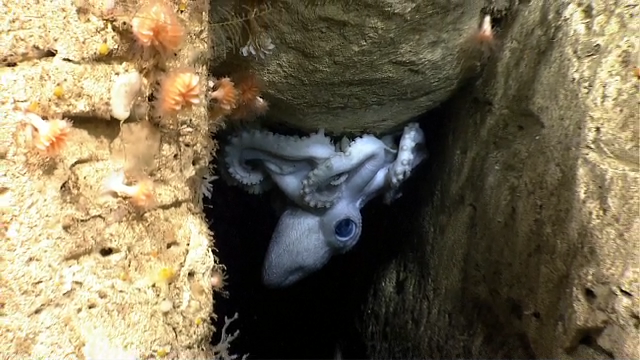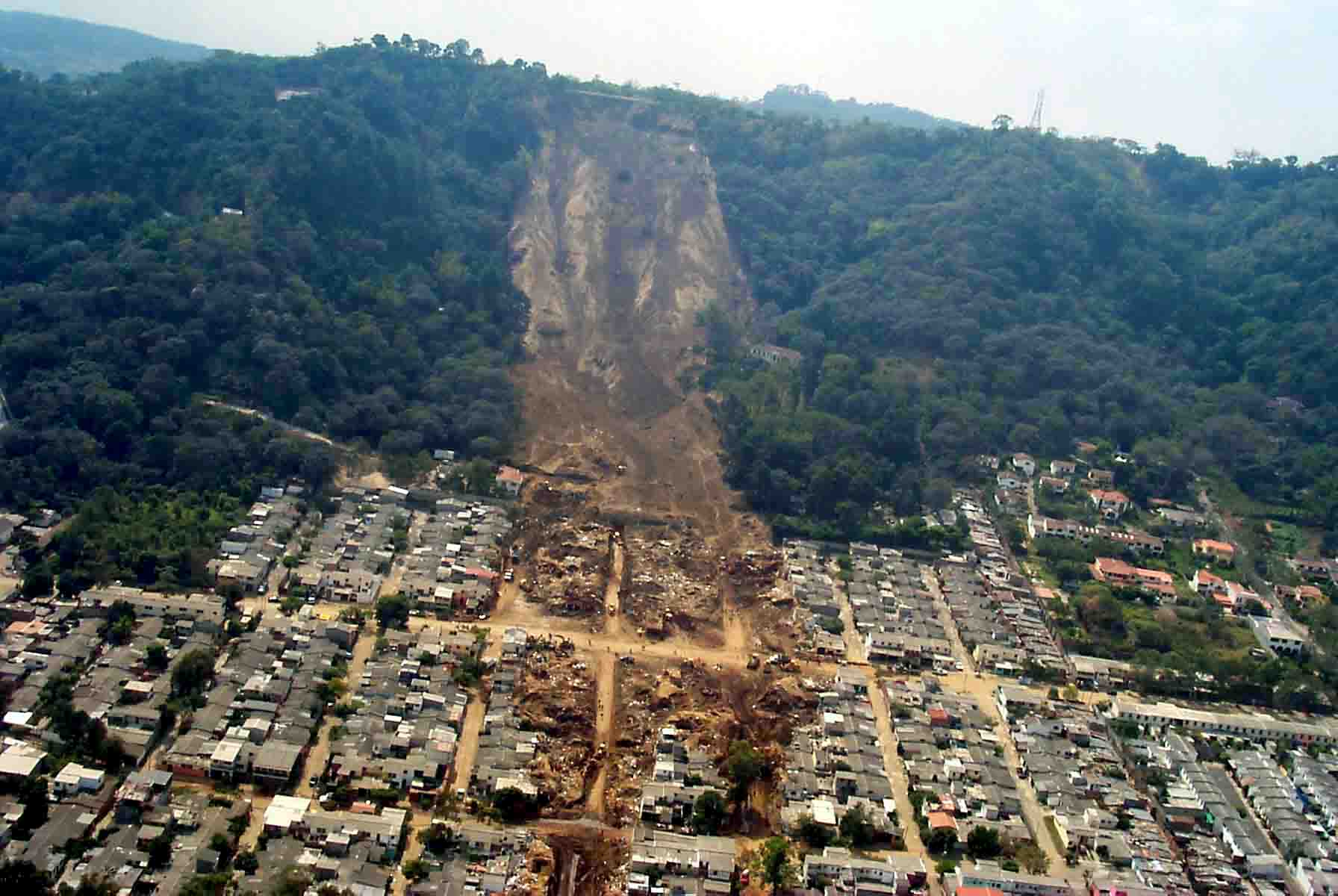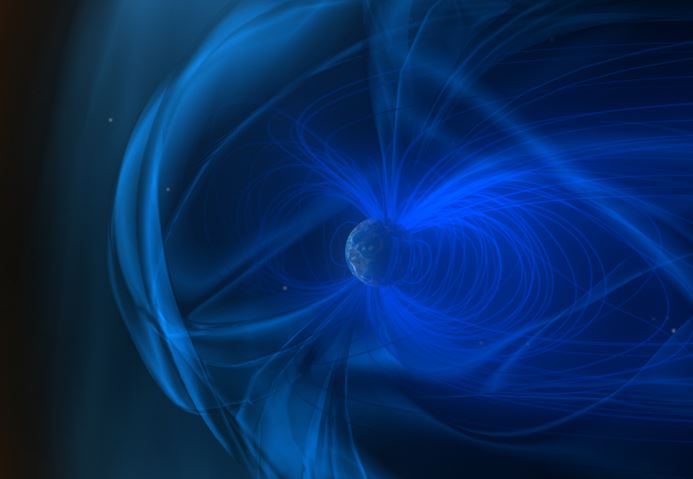11 March 2020
Small climate change effects can be the most obvious

Researchers looked at how climate change has already changed temperatures and rainfall patterns worldwide to the point that they would be unfamiliar to people living at the end of the 19th century. Crucially, they then examined how these changes compared with climate fluctuations already experienced in different regions of the globe.
10 March 2020
Major Greenland glacier collapse 90 years ago linked to climate change

Ninety years ago there were no satellites to detect changes in Greenland’s coastal glaciers, but a new study combining historical photos with evidence from ocean sediments suggests climate change was already at work in the 1930s and led to a major collapse of the one of Greenland’s largest coastal glaciers.
3 March 2020
Researchers develop new explanation for destructive earthquake vibrations

Two researchers propose that rocks colliding inside a fault zone as an earthquake happens are the main generators of high-frequency vibrations. That’s a very different explanation than the traditional one, they say, and it could help explain puzzling seismic patterns made by some earthquakes. It could also help scientists predict which faults are likely to produce the more damaging quakes.
19 February 2020
Shark may avoid cold blood by holding its breath on deep dives

Scalloped hammerhead sharks stay warm as they descend into cold, deep water off the coast of Hawaii, suggesting the cold-blooded species may maintain its body temperature on dives by holding its breath, according to new research presented at the Ocean Sciences Meeting 2020 in San Diego, California.
18 February 2020
Whale cams track swimming efficiency of ocean giants (video)

The relatively squat and gangly humpback whale moves more efficiently through the water than its sleeker, larger cousin, the blue whale, according to new research that used devices attached to the animals to collect information about these large creatures.
Mating squid don’t stop for loud noises

Loud hammering noises like pile driving disrupt the mating behavior of longfin squid, but the cephalopods seem to get acclimated to the incessant noise, according to new research presented at the Ocean Sciences Meeting this week. Hammering piles into the seafloor is a common technique used for building offshore structures like wind farms, but previous research shows the high-intensity noise can damage marine animals’ tissues when they are nearby or alter their behavior when the animals are further away.
17 February 2020
Deep-sea footage helps researchers understand octopod real estate

Biologists are using footage from remotely operated vehicles to better understand where deep-sea octopuses prefer to live. Understanding an animal’s choice of habitat is crucial to understanding its life history. Abigail Pratt, a biologist at the University of Louisiana at Lafayette, has been crawling through undersea video footage from the North Atlantic Ocean to better understand where deep-sea octopuses prefer to settle down. Pratt is hoping to find out what seafloor features make the best real estate – whether octopuses prefer hard ground or soft, or whether they tend to settle on specific geographical features like submarine canyons or continental shelves.
11 February 2020
Climate change could trigger more landslides in High Mountain Asia

More frequent and intense rainfall events due to climate change could cause more landslides in the High Mountain Asia region of China, Tibet and Nepal, according to the first quantitative study of the link between precipitation and landslides in the region.
7 February 2020
Surfing space dust bunnies spawn interplanetary magnetic fields

New research finds that fine dust from pulverized space rocks is riding the solar wind past multiple spacecrafts, which are detecting the clouds of fine debris as a temporary changes in the local magnetic field.
31 January 2020
Small electrical charges could help airplanes avoid lightning strikes

There may be a way to make airplanes less prone to lightning strikes. The trick, surprisingly, might be to give airplanes a bit of an electrical charge when they are in the air, say scientists reporting their experimental work in AGU’s Journal of Geophysical Research: Atmospheres.


 GeoSpace is a blog on Earth and space science, managed by AGU’s Public Information staff. The blog features posts by AGU writers and guest contributors on all sorts of relevant science topics, but with a focus on new research and geo and space sciences-related stories that are currently in the news.
GeoSpace is a blog on Earth and space science, managed by AGU’s Public Information staff. The blog features posts by AGU writers and guest contributors on all sorts of relevant science topics, but with a focus on new research and geo and space sciences-related stories that are currently in the news.